SUMMARY
This is AI generated summarization, which may have errors. For context, always refer to the full article.
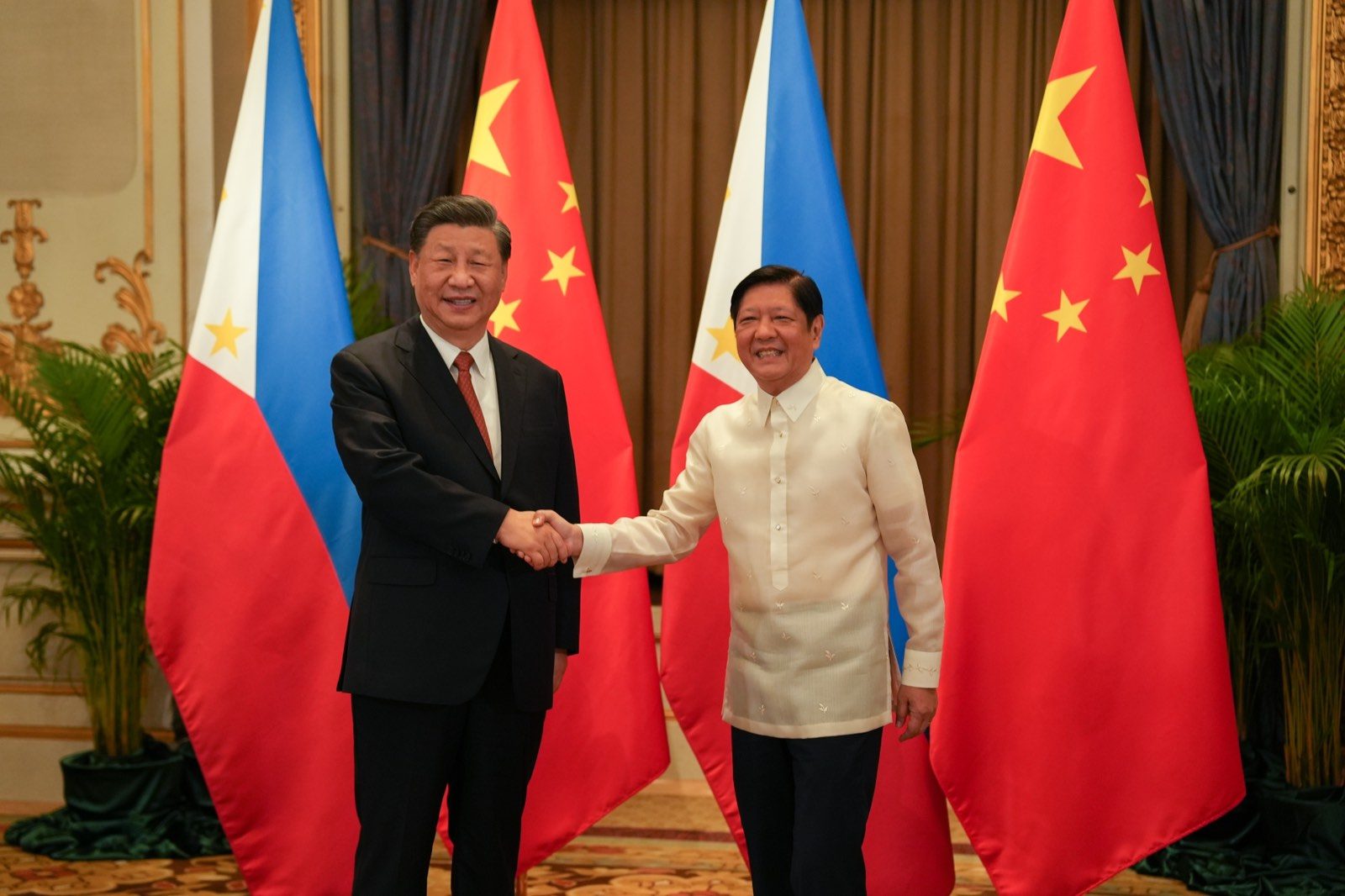
MANILA, Philippines – From January 3 to 5, President Ferdinand Marcos Jr. is visiting China for the first time, marking one of the many expected foreign trips he will be making for 2023. (LIVE UPDATES: Marcos state visit to China)
Economy and trade will be his focus for the visit, as he brings along business leaders from the Philippines to ink deals between the two countries. “Direct communication” about the hotly contested waters of the West Philippine Sea is also expected to be established.
Since the establishment of diplomatic ties between the Philippines and China in 1975, presidents since then have visited the country at least once. Marcos will be the 8th to do so. (READ: What you need to know about Marcos’ state visit to China)
What were on the agenda of past presidents during their visits to China? And how many visits have Chinese leaders made to the Philippines?
Philippine delegations
Prior to the establishment of formal diplomatic relations, former president Manuel Quezon visited China privately in 1936, followed by an official visit on January 23, 1937. Former president Jose P. Laurel also visited the country from June 6-9 in 1945, en route to Japan.
Then-president Ferdinand E. Marcos was the first president to visit China after diplomatic ties were established with the signing of the joint communique on official diplomatic relations on June 9, 1975, in what was then called Peking. He visited then-Chinese Communist Party chairman Mao Zedong and signed the communique with former premier Zhou Enlai.
Former president Corazon Aquino made the second visit on April 14, 1988, meeting with then-chairman Deng Xiaoping.
Aquino tackled the issue of the communist insurgency in the Philippines, being able to secure assurances of non-interference and support from China, along with bilateral trade agreements and 10,000 tons of rice as a “symbol of friendship,” according to the LA Times.
Then-president Fidel V. Ramos visited China from April 25 to May 1, 1993, signing bilateral trade agreements with former president Jiang Zemin. In his speech during a luncheon in Guangzhou, Ramos talked about being able to learn from Chinese businesses, as well as encouraging them to start operations in the country.
Former president Joseph Estrada visited China from May 16-20, 2000. According to a Philstar report, bilateral cooperation in transnational crime, agriculture, and trade were on his agenda.
Arroyo had the most visits to China among all Philippine presidents, recording 10 visits to the country during her presidency. From 2001 to 2010, a mix of summit meetings, bilateral visits, forums, and working visits occupied Arroyo during her trips.
Former president Benigno Aquino III visited China from August 30 to September 3, 2011, with an economic and cultural agenda in mind. The Philippines-China Five-Year Development Program for Trade and Economic Cooperation was also signed.
Then-president Rodrigo Duterte made five trips to China from 2016 to 2019, meeting with President Xi Jinping, and signing numerous memoranda and bilateral agreements. (READ: What Duterte accomplished in China)
The Chinese delegations
Then-vice premier Li Xiannian visited the country on March 1978, but the former premier Zhao Ziyang was the first top Chinese leader to visit the Philippines on August 6, 1981, during the Marcos dictatorship.
Former premier Li Peng made a three-day visit on December 1990, followed by Jiang, who visited the country during the November 1996 Asia-Pacific Economic Cooperation (APEC) Economic Leaders’ Meeting in Manila.
Former premier Zhu Rongji was the last Chinese leader to visit the Philippines at the turn of the century, on November 26, 1999. He met with Arroyo, who was still vice president at the time.
Jiang returned to the Philippines in 2000 for a state visit, followed by then-president Hu Jintao in April 2005. Hu and Arroyo signed investment agreements, along with transportation and mining deals.
Former premier Wen Jiabao visited in January 2007, during the East Asia Summit in Mandaue in Central Visayas.
China would not visit again until 2015 when President Xi made a trip to the APEC Economic Leaders’ Meeting in Manila.
Outgoing Premier Li Keqiang was the first Chinese leader to visit under the Duterte administration in 2017, attending the ASEAN Summit in Manila.
Xi visited once more in 2018, when 29 documents were signed, including China’s Belt and Road Initiative, and various agreements on infrastructure projects, humanitarian assistance, and cooperation in agriculture, finance, and education.
Though President Marcos and Xi were able to meet during the APEC meetings in Thailand, the Chinese leadership has yet to visit the Philippines under the new administration.
West Philippine Sea issue
Corazon Aquino’s visit in 1988 reaffirmed an agreement between the two countries to shelve the issue of territorial claims over the Spratly Islands.
Estrada’s 2000 visit planned discussions on “overlapping claims” in the Spratly Islands. Discussions were also in place for a regional code of conduct in the contested waters, according to a Philstar article.
Benigno Aquino III was expected to discuss territorial claims on the Spratlys too during his 2011 visit.
The country brought the issue up to the Permanent Court of Arbitration (PCA) in the Hague last 2013. In 2017, the PCA ruled in favor of the Philippines in its territorial claim over the West Philippine Sea, including the Spratly Islands.
A Declaration of Conduct was intended to be negotiated during the 2017 ASEAN Summit, with Premiere Li and president Duterte in attendance. Duterte was passive when it came to issues pertaining to the West Philippine Sea, choosing to downplay, rather than assert, claims. (READ: Duterte and the West Philippine Sea: A strategy of failed compromises)
As Marcos visited China, the Chinese tabloid Global Times downplayed the issues surrounding the disputed West Philippine Sea, claiming that the area has achieved “stability”. (READ: Ahead of Marcos visit, Chinese state media downplays South China Sea dispute)
Marcos, for his part, had declared before that not a “single square inch of Philippine territory” will be given up to any foreign power. – Rappler.com
Add a comment
How does this make you feel?
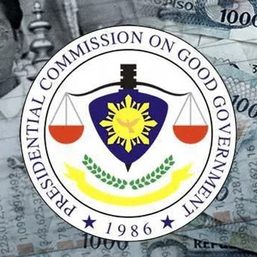
![[Newspoint] The lucky one](https://www.rappler.com/tachyon/2024/04/lucky-one-april-18-2024.jpg?resize=257%2C257&crop=536px%2C0px%2C1080px%2C1080px)
![[Just Saying] Marcos: A flat response, a missed opportunity](https://www.rappler.com/tachyon/2024/04/tl-marcos-flat-response-april-16-2024.jpg?resize=257%2C257&crop=277px%2C0px%2C720px%2C720px)
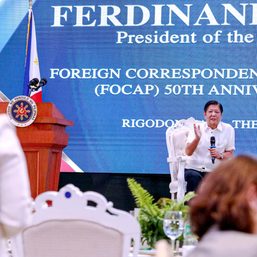
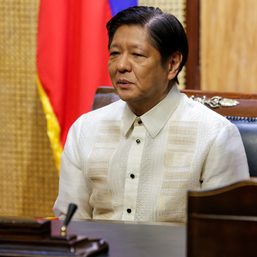
![[In This Economy] Is the Philippines quietly getting richer?](https://www.rappler.com/tachyon/2024/04/20240426-Philippines-quietly-getting-richer.jpg?resize=257%2C257&crop=194px%2C0px%2C720px%2C720px)
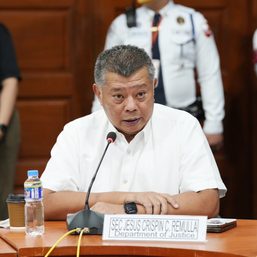
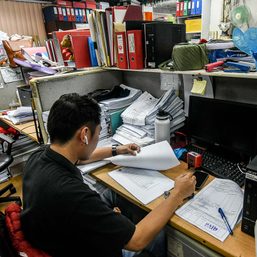
![[OPINION] If it’s Tuesday it must be Belgium – travels make over the Marcos image](https://www.rappler.com/tachyon/2024/04/tl-travel-makeovers-marcos-image.jpg?resize=257%2C257&crop_strategy=attention)
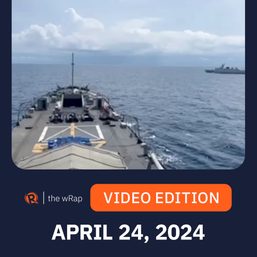
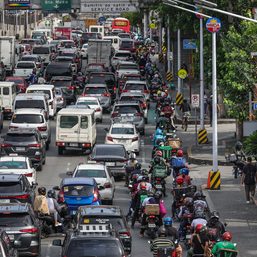
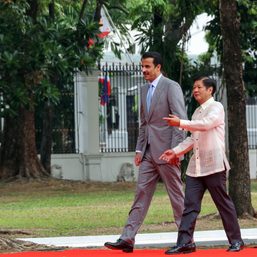
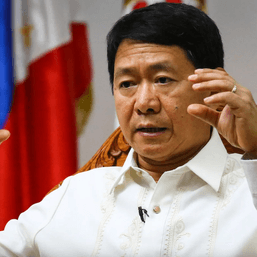
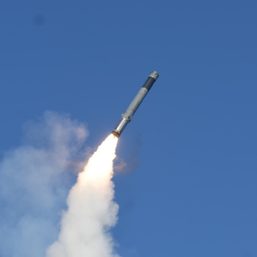
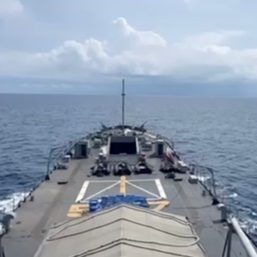
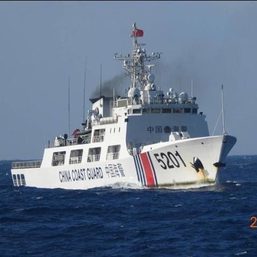
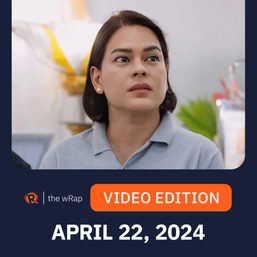
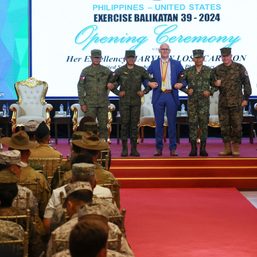
There are no comments yet. Add your comment to start the conversation.